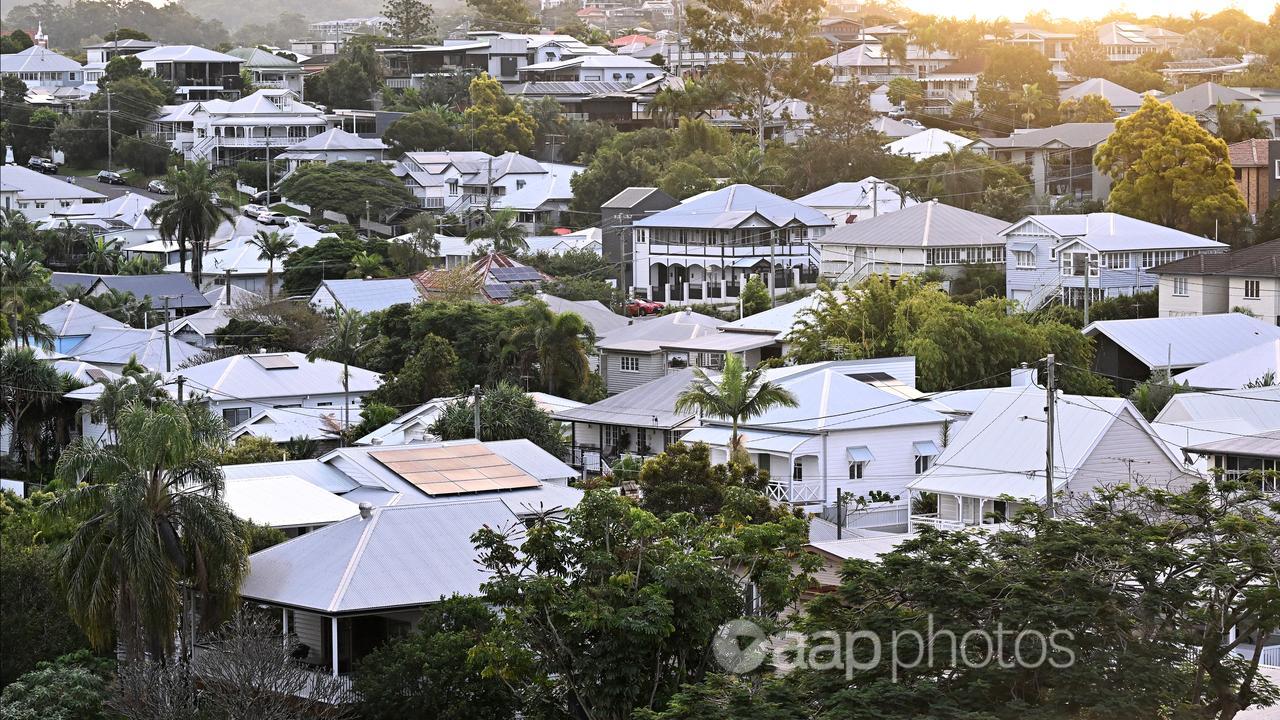A landlord’s market has helped property investor lending swell in value by more than a third in the past 12 months.
Figures compiled by the Australian Bureau of Statistics show investor lending was up 5.4 per cent in July to $11.7 billion, closing in on a record high of $11.8 billion reached in January 2022.
Lending by those planning to live in the home rose by a smaller 2.9 per cent to $18.9 billion.
The bureau’s head of finance statistics Mish Tan said higher investor activity was mostly driven by more loan approvals, not rising house prices.
“Investors have continued to see the largest growth in new loans over the past year, increasing more than a third in value since July 2023 from $8.6 billion to $11.7 billion,” she said.
The tight rental market and higher gross unit rental yields were helping to stoke investor demand, Oxford Economics Australia senior economist Maree Kilroy said.
Yet in welcome news for renters, the stretch of fast-rising rents could be coming to an end
Rents tracked by property data firm CoreLogic had flatlined in the past two months after surging 39 per cent between August 2020 and June 2024.
Heat appears to be coming out of home price growth as well, with more listings coming online in some capital cities and affordability ceilings found in others.
However, the outperformance in mid-sized capitals continued to push average loan sizes higher.

South Australia’s owner-occupier average loan size reached a new record high of $561,027 in July, although Ms Kilroy said rising prices were weighing on first-home-buyer demand.
The economist expects a softer five per cent lift in capital city home prices in the next 12 months, buoyed by tax cuts and real wage gains.
“However, with interest rates likely on hold until June quarter 2025, affordability will remain a significant constraint,” she said.
Slow progress on inflation has kept a handbrake on easing with Australia’s central bank warning it was premature to be thinking about interest rate cuts.
Bendigo Bank chief economist David Robertson said cuts were unlikely until 2025.
“While the Bank of England and the Reserve Bank of New Zealand initiated their easing cycles last month, and a range of central banks will keep cutting rates over the next few months, Australia remains at the back of the queue,” Mr Robertson said.
Despite energy rebates weighing on the headline figure, he said the RBA would need more evidence core inflation was under control before it joined its peers.




















